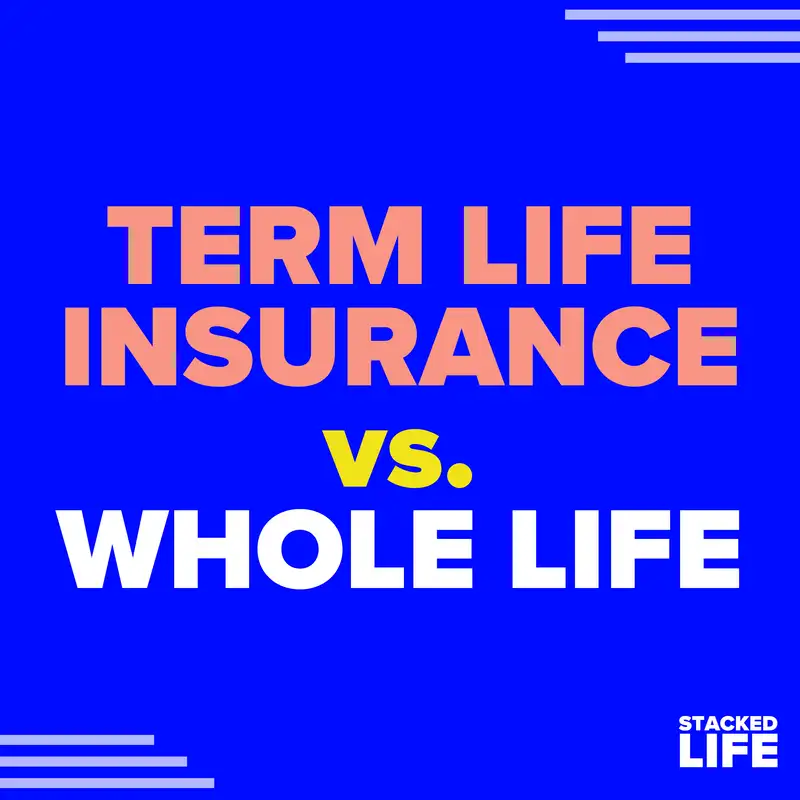07: Term Life Insurance vs. Whole Life
When evaluating term life insurance vs. whole life, you've probably heard the advice to 'buy term and invest the difference.' This popular recommendation has one glaring problem: it uses simplistic grade school math to add up premiums and declares whole life insurance 'too expensive.'
But when we apply proper financial math—analyzing true lifetime costs, equity building, and the time value of money—the comparison looks dramatically different. In this episode, I show why whole life insurance is an asset that creates wealth rather than an expense, and why the 'cheaper' option might actually cost you hundreds of thousands more over your lifetime and millions generationally.
But when we apply proper financial math—analyzing true lifetime costs, equity building, and the time value of money—the comparison looks dramatically different. In this episode, I show why whole life insurance is an asset that creates wealth rather than an expense, and why the 'cheaper' option might actually cost you hundreds of thousands more over your lifetime and millions generationally.
LINKS:
1. Free mini-course: Adding Financial Certainty to Supercharge Growth
2. Work with me: Schedule a consultation
2. Work with me: Schedule a consultation
- (00:00) - 007 Term Insurance vs. Whole Life
- (02:00) - House Analogy
- (04:16) - Level of risk transfer to the insurance company
- (07:36) - Cost vs. Price
- (10:00) - Assets vs Liabilities
- (10:59) - Level premiums and inflation
- (13:06) - Buy term, invest the difference?
- (17:53) - Screenshare: whole life illustration to see the costs
- (22:05) - Less true costs with whole life
- (25:15) - Bigger death benefit with whole life
- (26:31) - Financial math shows term has a much higher cost
- (27:58) - "Buy whole life and invest it all"
- (30:20) - Cash value grows by more than the premium
Creators and Guests

Host
John Perrings
I've helped hundreds of clients implement The Infinite Banking Concept and I can help you too.

